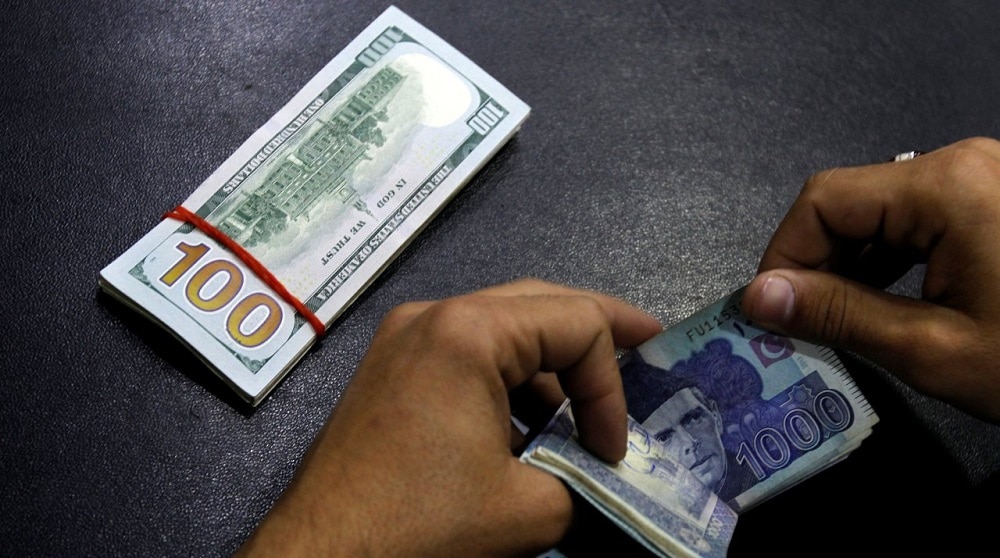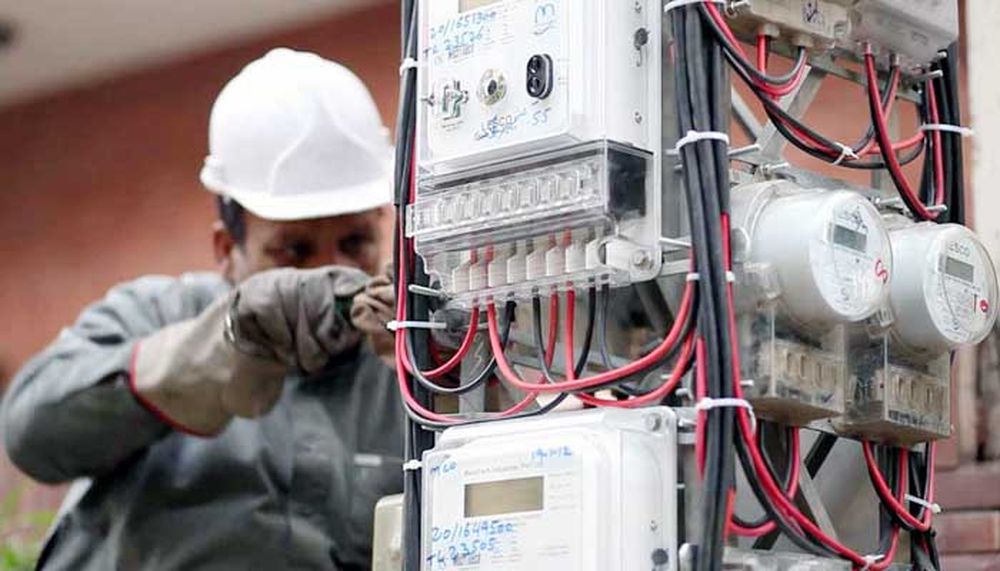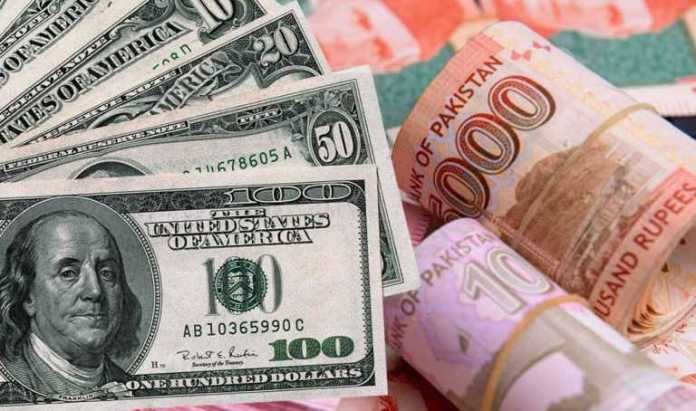Mohsin Siddiqui (Chief Reporter)
In an impressive financial development, remittances to Pakistan soared to an unprecedented high in May, as overseas workers sent substantial funds back home to their families in preparation for Eidul Azha. The State Bank of Pakistan (SBP) reported a remarkable $3.2 billion in remittances for May, marking a significant 54.2 percent increase compared to the same month in the previous year. On a month-over-month basis, remittances witnessed a 15.3 percent rise, showcasing a robust financial inflow.
During the fiscal year 2024, spanning July to May, Pakistan received a total of $27.1 billion in remittances from its citizens working abroad. This amount represents an 8 percent annual increase, reflecting the growing trend of financial support from the Pakistani diaspora.
The surge in remittance flows in May can be primarily attributed to seasonal factors, particularly the inflows associated with Eidul Azha. During this period, Pakistanis living abroad traditionally send large sums of money to their families for the purchase of sacrificial animals and other festive preparations. Analysts attribute the record-breaking figures to these seasonal events.
The top four countries contributing to remittance inflows in May were Saudi Arabia ($819.3 million), the United Arab Emirates ($668.5 million), the United Kingdom ($473.2 million), and the United States of America ($359.5 million). This geographical distribution highlights the key regions from which Pakistani workers are sending money back home.
Several factors underpin the overall increase in remittances from July to May, beyond just the Eid-related surge. A notable shift towards more regulated money transfer channels, a rise in the number of Pakistani immigrants in various countries, and the nation’s stable currency and economy have all played crucial roles.
“Remittances are typically higher during the Eid season; however, the record high numbers are likely due to a stabilizing economy and a large number of people going abroad for work,” noted Maaz Azam, an analyst at Optimus Capital Management. This perspective is supported by Topline Securities, which indicated that remittances exceeded forecasts, reaching $27 billion from July to May of FY2024, compared to the predicted $28 billion for the entire year. Similarly, the International Monetary Fund (IMF) had projected $28 billion in overseas remittances for FY2024.
Topline Securities further observed, “With this momentum and growth trajectory, Pakistan can achieve remittances of $29.5-30 billion for FY2024, up 8-10 percent YoY.” They also highlighted that the higher momentum in remittances is likely to persist due to the stability in the PKR/USD exchange rate and expectations of a new IMF program.
Remittances play a vital role in Pakistan’s economy as a significant source of non-debt-creating inflows, essential for maintaining foreign exchange reserves. Despite the SBP’s reserves standing at $9.1 billion as of May 31, which is sufficient to cover nearly two months of imports, they remain low and insufficient to meet the anticipated external financing needs for the upcoming years.
Pakistan faces a looming deadline to repay a substantial amount of debt by July 2024. Much of this repayment depends on securing debt rollovers. The frequent visits by the Prime Minister and his team to Saudi Arabia, the UAE, and China are primarily aimed at obtaining these rollovers, which are critical for setting the stage for the next IMF program.
The record high remittances provide a beacon of hope for Pakistan’s economic stability, especially amid challenging financial conditions. The increased inflows not only support families during the festive season but also contribute to the broader economic resilience of the country. As the nation prepares for Eidul Azha, the significant boost in remittances underscores the vital connection between the Pakistani diaspora and their homeland, fostering economic stability and growth.




